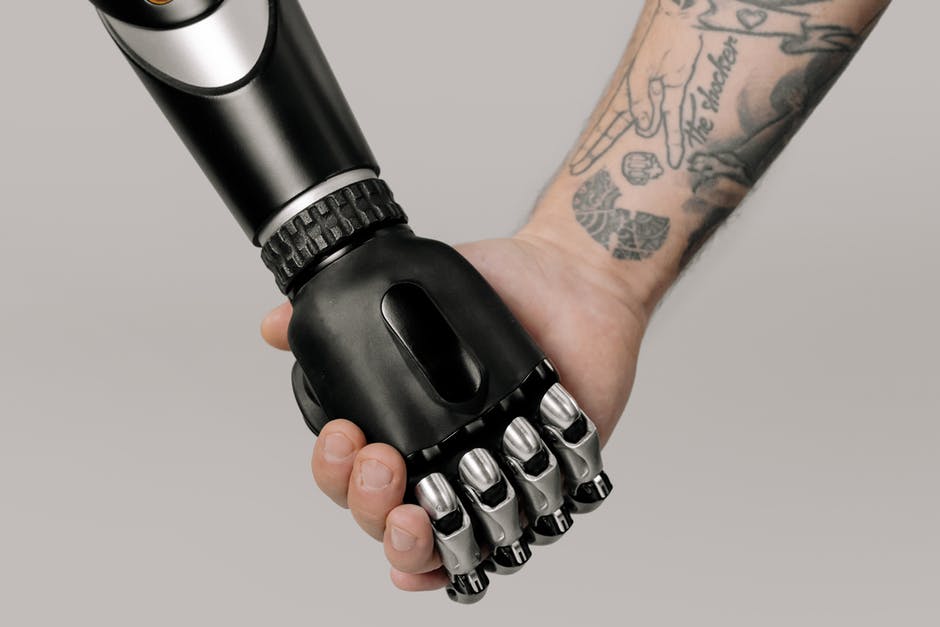|
2/5/2023 0 Comments Surgical Prosthetic Equipment Prosthetics are devices designed to replace a body part or organ, such as an artificial leg, hand, or eye. They can be purely functional or aesthetically pleasing, but most are designed to replace the missing limb or organ and improve function. A Surgical prosthetic equipment can be used to help patients recover from certain types of amputation, including below-knee amputations. They also can be used to provide temporary replacements for the heart or kidneys before surgery, when patients are waiting for a transplant. An artificial limb or arm can be made of lightweight metals or strong plastics and can be controlled with special movements, battery-powered switches, or with biosensors that pick up nerve signals from the wearer's muscles and send them to a small motor. They can also be controlled with a myoelectric system, which has electrodes implanted in the wearer's muscle. Some surgeons also use a procedure called targeted muscle re-innervation to help amputees control their prosthetic hands and arms. During this operation, the surgeon cuts a nerve that is controlling the limb and reroutes it so it can receive signals from the brain that once controlled the limb. Once this is done, the prosthetic hand and arm can learn to read those signals. It's like converting a dumb muscle into a smarter one that can be trained to do something new. This process that is being utilized by the bionics companies Philadelphia helps people get back to the activities they enjoyed before their amputation. It can also reduce the pain that often comes from amputation, known as phantom pain. Besides, a prosthetic that is easier to control might be more comfortable for the patient and might prevent neuromas, lumps of disorganized nerve tissue that are painful. Another way for scientists to make prosthetics more user-friendly is to use artificial intelligence, or AI, which can analyze the electrical signals from a patient's muscles and recognize them. The goal is to make a prosthetic hand or arm that the person can use without thinking about it. The UC Davis team is working to do just that. They are studying the muscle firing patterns of amputees who have had TMR surgery and using that data to help them create better prosthetics. By combining electromyography, ultrasound machines and artificial intelligence, the team hopes to make prosthetic hands that can read and respond to signals from the wearer's muscles. The result could be an easier-to-use device that helps patients regain confidence and independence. A patient's prosthetic should fit as closely as possible to the residual limb, so that it can move naturally and evenly. It should also protect the residual limb, distribute weight and forces over a wide area of the residual limb, and allow the user to control how the limb moves. Surgical prosthetic equipment can be expensive, so it is important to discuss insurance coverage. Typically, patients pay 10%-50% of the cost of their prosthetic. Check out this post that has expounded on the topic: https://en.wikipedia.org/wiki/Prosthetist.
0 Comments
Leave a Reply. |
AuthorWrite something about yourself. No need to be fancy, just an overview. ArchivesCategories |
 RSS Feed
RSS Feed
